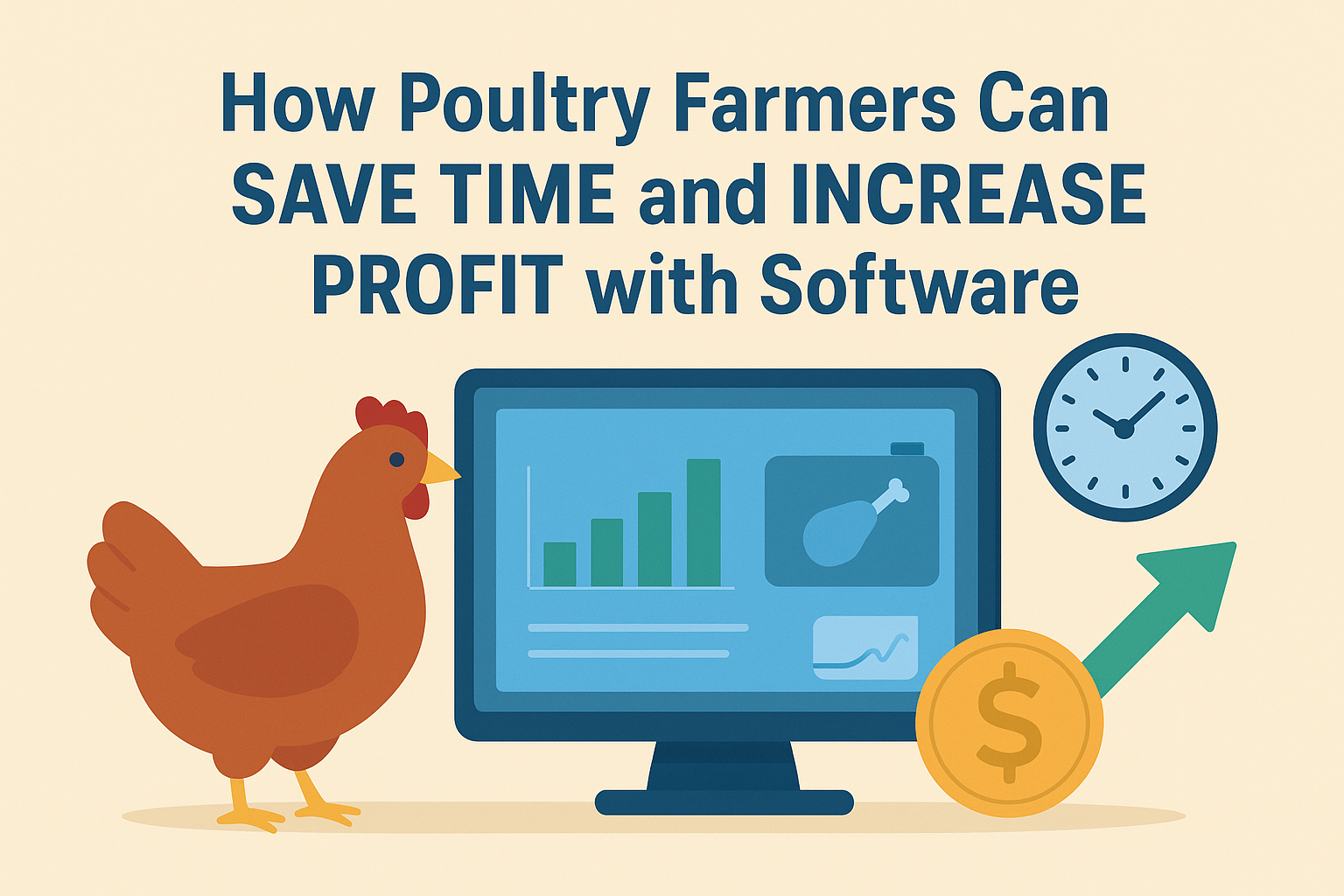Layer poultry farming means raising egg laying poultry birds for the purpose of commercial egg production. Layer chickens are such a special species of hens, which need to be raised from when they are one day old. They start laying eggs commercially from 18-19 weeks of age. They remain laying eggs continuously till their 72-78 weeks of age. They can produce about one kg of eggs by consuming about 2.25 kg of food during their egg laying period.
Benefits of Layer Farming
- It requires less investment compared to rearing other livestock. While chicken will start laying eggs in 8 to 10 weeks, broilers can be sold after 6 weeks by which time they would have grown to 1.25 kg weight.
- It gives rapid return on investment. Chicken start laying eggs in 8 to 10 weeks and broilers can be sold for meat between 6 and 10 weeks. The interval between generations is very small and hence, production can be phenomenally increased within a short period.
- Broilers intake of feed is comparatively very low while it produces maximum possible amount of food for us.
Egg Production for Layer Poultry Farming
Egg production from a Layer Poultry Farming depends on the care and farm management.
Within the first 20 weeks of age, about 5% of hens start laying eggs. About 10% birds start laying at their 21 weeks of age.
Business planforPoultry farming
- Productionof eggs, which is also called a layer breeding.
- Productionof meat which is also calledbroilerbreeding.
- Productionof feed ofpoultry.
- Manufacture of the equipment required inpoultry.
- Processing of eggs and meat.
- Packaging andmarketingthe eggs and meat.
What Is a Business Plan?
A business plan is a roadmap for yoursmall farm. It is both process and product. During the writing of a farm business plan, you'll develop an overall vision and mission for your business. You will think about your short- and long-term goals. You'll define the steps needed to achieve those goals. You'll set the direction for your business to develop over the next five years.
Goals
The goals in your business plan are the specific, measurable “things” you will achieve with your small farm. Short-term goals are defined as those that you will complete within one year. Long-term goals are those that take longer than one year to complete.
SMART Goals are:
- Specific
- Measurable
- Attainable
- Rewarding, and have a
- Timeline
Farm Strategy
This is where your business plan gets to looking forward. You are going to formulate your farm strategy from now into the next five years or so.
- Gather information and research markets. Make sure that your farm plan fits into the general market in terms of supply and demand. Investigate and analyze industry trends, identify competitors, and define buyers.
- SWOT Analysis. This is an analytical tool that can be used in making decisions. SWOT stands for: strengths, weaknesses, opportunities, and threats. As a business, analyze your internal strengths and weaknesses. Then look externally at what opportunities and threats exist - competitors, new markets, government regulations, economic conditions, and so forth.
- Create alternative strategies. Looking at the information you've gleaned and the analysis you just did, think through options for your farm strategy. Don't rely on price alone; economies of scale are challenging on the small farm level.
- Don't jump to one conclusion immediately. Really spend some time fleshing out the specifics of some of the strategies and looking at their advantages and disadvantages. Try to find options that combine your internal strengths with opportunities in the external environment.
- Look at all your strategies, then reread your mission statement. The ideal farm plan will fit your mission best.
- Write an implementation plan. This is where you write a plan that will make your new strategy happen.
Marketing Strategy and Plan
In the next part of your farm business plan, you develop and outline a marketing strategy for your products and services. This can build on the research you did in the previous step. For each product, include the price, placement, and promotion ideas. Consider how you will convey real and perceived value to your customers.
Management Summary
This part of your business plan details your farm business’ structure. Everyone who is involved in the management of the business should be listed here. External resources are listed here as well.
Financial Analysis
In this section, you will need to detail the financial aspect of your farming operation. List your current finances in detail, including all income and operating expenses. Referring to your new strategy, you will forecast what is needed for future growth and to meet the goals you have outlined in terms of capital. Include what your future operating expenses will be.
Pulling It All Together
Writing a farm business plan is a big project. Don’t let that put you off. Your plan can be as simple as it needs to be for right now. Begin with your mission statement and goals. Do your homework by analyzing markets and researching competitors and trends. Have fun brainstorming alternative strategies and let them marinate a while. Take it one step at a time.





